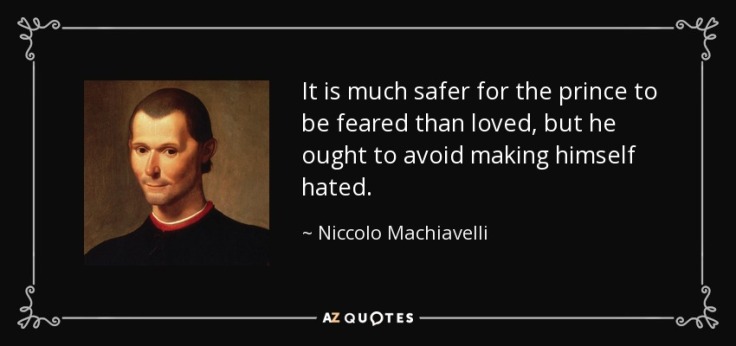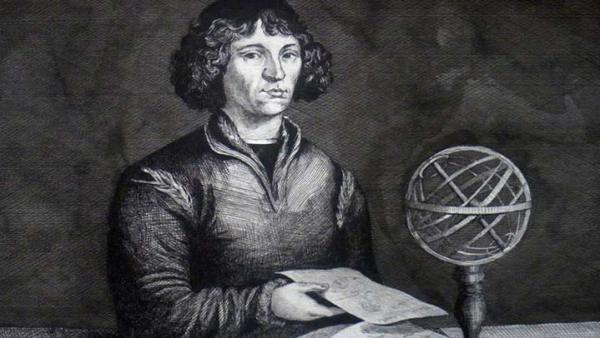Nicolaus Copernicus, an astronomer of Polish descent, is most famously known for proposing that Earth and other planets orbit around the sun, better known as the heliocentric model for the solar system (Nicolaus Copernicus Biography, 2017). He was born on February 19th, 1473 and died on May 24th, 1543 (Nicolaus Copernicus Biography, 2017)
He also discovered that the Earth spun about once daily on its axis, causing the production of the night and day that we see (Nicolaus Copernicus Biography, 2017). He is also known to have proposed the idea of precession, a phenomenon in which Earth’s axis rotates in a circular motion about its axis once every approximately 26,000 years (Nicolaus Copernicus Biography, 2017). For these foundational reasons, Copernicus is a very important figure in modern astronomy.
However, with this post I would also like to point out some other things surrounding Copernicus’s life that you may now have been aware of.
Events that Happened During Copernicus’s Life

In 1492, Ferdinand and Isabella of the united Christian Spain conquer the last Moor stronghold of Granada, ending Moorish rule over Spain and returning it to the Spaniards (Leo Africanus, 1992).
Also

In 1513, Niccolo Machiavelli completes his now prolific book The Prince, an almost guidebook of how to become a ruler and maintain rulership (A timeline of contemporary European events, 1400 to 1550, n.d.).
Someone Other than Copernicus Who was Famous During his Time

One of the most famous figures to exist during Nicolaus Copernicus’s life is Michel de Nostredame, or more famously known as Nostradamus (Editors, 2017). Nostradamus was prolific for his time and still today for his occupation as a French physician and the collection of works that he published known as Les Propheties (Editors, 2017). Les Propheties is known today as work that is said to predict future events, and people still today extrapolate its contents to explain how Nostradamus predicted that certain events would happen as well as interpret it as evidence toward predicting other farfetched events in the future. In general, Nostradamus can be regarded as an oracle of both the 16th Century and today.
So now you ask, “Well Jonah, what is the meaning of all of this loose information?”
I think that sometimes it is important to understand different aspects of a time period and circumstances surrounding what is being observed in order to fully understand what is being observed. For example, if a naïve child of the future were taught that a man named Nicolaus Copernicus determined that the Earth is traveling around the sun, he or she might say: “well, what is so great about that? I can look on the NASA website and they can tell me the exact same thing.” If this child didn’t understand the historical context behind these discoveries, as well as the events that were surrounding these discoveries, then not only would he or she not appreciate the groundbreaking discover that was made, but also would not understand the difficultly of the scientific method and the ingenuity that was involved to come to this conclusion. After observing this I see that, by observing history, we can better understand why these discoveries came to light during this time as well as the hinderances that these scientists were subject to in their discoveries. In observing this, we can inspire ourselves to move past our hinderances in the hope to innovate as well as help inspire awe and fascination for the sciences.
Featured image credit of Compilation11.com
